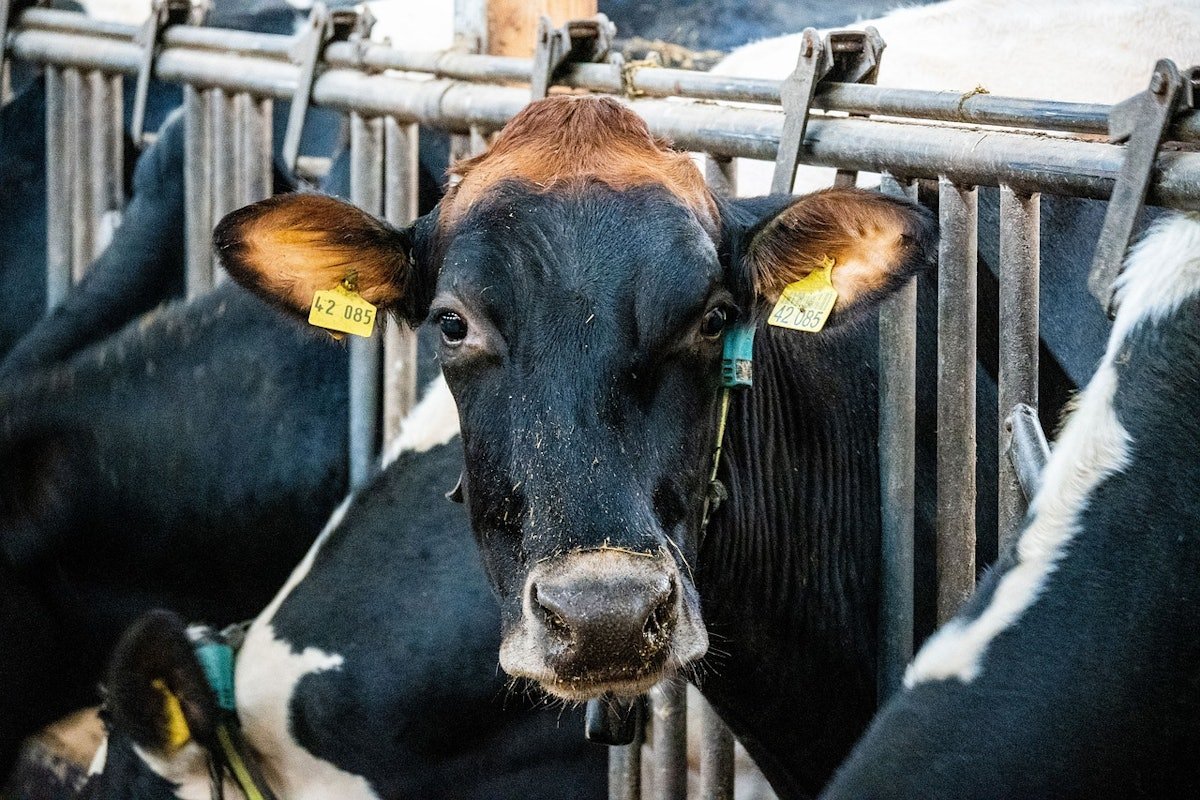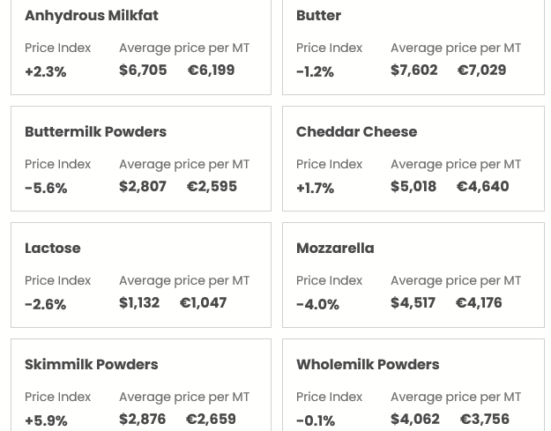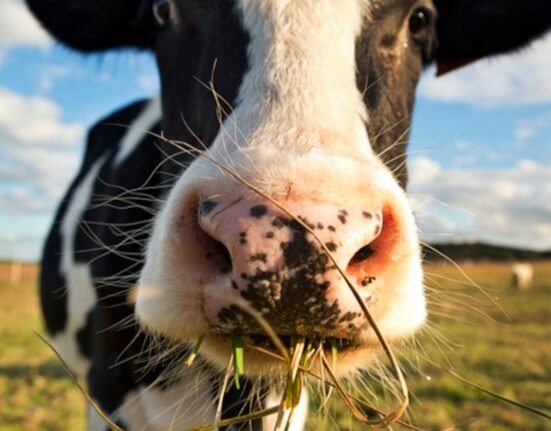šÆ Pathogen, Not Just Diet, Drives Liver Abscess Risk
A breakthrough study by the U.S. Department of Agricultureās Agricultural Research Service (ARS) is challenging long-standing assumptions about liver abscess formation in cattle, a condition responsible for millions in annual economic losses.
While previously mainly blamed on ruminal acidosis from high-grain diets, the new findings reveal that bacterial pathogens alone can trigger abscess formation, even in the absence of severe dietary disruption.
āWe confirmed that acidosis and aggressive grain feeding is not the only driver,ā said Dr. Rand Broadway of ARS. āPathogen presence alone is sufficient to cause an abscess.ā
š Dairy-Beef Calves at Higher Risk
The research is particularly relevant for beef-on-dairy crossbred cattle, which now make up a growing share of the U.S. beef supply. These animals face nearly double the risk of liver abscesses (up to 50%) compared to traditionally raised beef cattle (~20%).
Contributing factors include:
- Greater vulnerability during weaning and relocation
- Environmental exposure to pathogens like Fusobacterium and Salmonella
- Gastrointestinal lacerations allowing pathogen entry into the bloodstream
š¬ Shifting the Research Lens
Conducted in partnership with Texas Tech University, Kansas State University, and West Texas A&M, the ARS study redirects focus from dietary management to pathogen control.
Key implications:
- Diet is a secondary risk factor ā efficiency can be prioritised without excessive concern for high-grain-induced abscesses.
- Stress, relocation, and co-infections emerge as more critical drivers.
- Biosecurity and gut health interventions may become the next frontier for reducing liver abscess prevalence.
š§ What This Means for Producers
For dairy producers leveraging dairy-beef crossbreeding, these findings could:
- Influence feedlot management protocols
- Encourage pathogen monitoring tools
- Inform genetic or microbial strategies to reduce susceptibility
As crossbred calves rise in economic importance, the research offers a pathway to cutting losses at harvest while improving animal health and performance.







